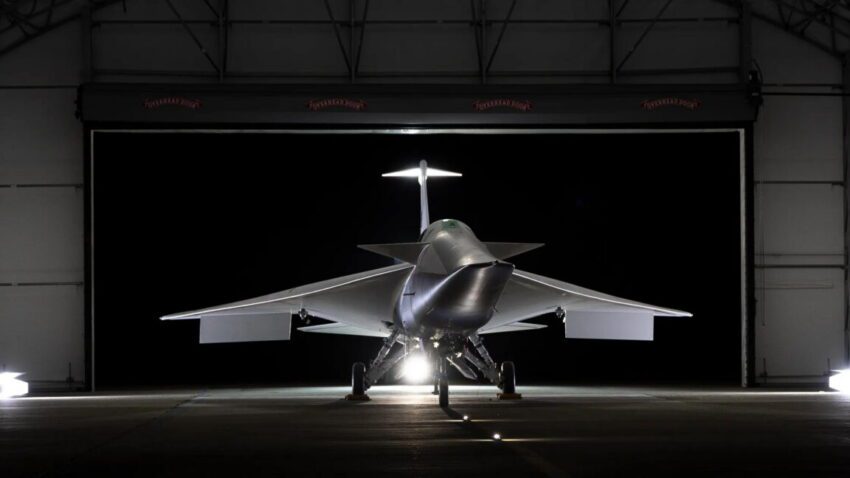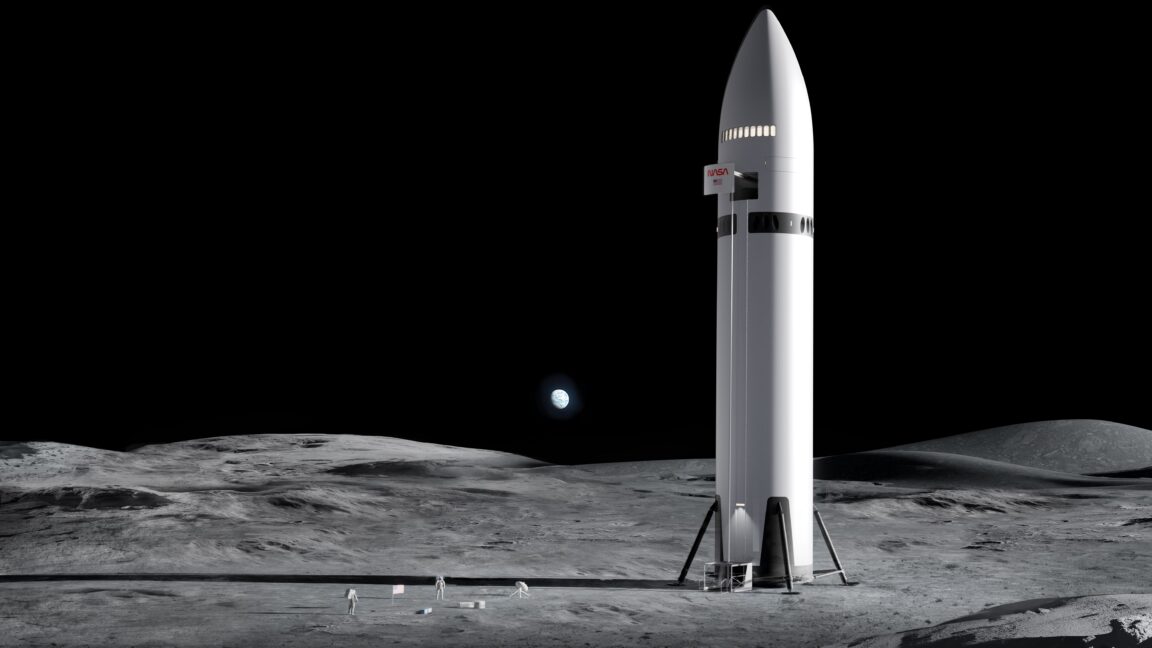
nasa test flight seeks to help bring NASA has successfully conducted the inaugural flight of its experimental supersonic jet, the X-59 Quesst, marking a significant step toward the potential revival of commercial supersonic travel.
nasa test flight seeks to help bring
Overview of the X-59 Quesst
The X-59 Quesst, which stands for Quiet SuperSonic Technology, is a groundbreaking aircraft designed to mitigate the disruptive noise associated with sonic booms. Traditional supersonic jets generate loud sonic booms that can disturb communities on the ground, limiting their operational capabilities over land. The X-59 aims to change this dynamic by employing innovative design features that reduce the intensity of these sonic booms, making it feasible for commercial airlines to operate at supersonic speeds without causing significant noise pollution.
Design and Development
Constructed by Lockheed Martin’s Skunk Works division, the X-59 is a product of years of research and development focused on overcoming the challenges associated with supersonic flight. The aircraft features a long, slender fuselage and uniquely shaped wings that are engineered to minimize shock waves, which are the primary source of sonic booms. This design is expected to produce a quieter “thump” rather than a disruptive boom when the aircraft exceeds the speed of sound.
The X-59 is part of NASA’s broader initiative to advance aeronautical technology and promote sustainable aviation practices. The project is funded through NASA’s Aeronautics Research Mission Directorate, which aims to enhance the safety, efficiency, and environmental sustainability of air travel.
First Flight Details
The X-59 took to the skies for the first time on a clear Tuesday morning, approximately an hour after sunrise, over the Mojave Desert in Southern California. The aircraft launched from US Air Force Plant 42 in Palmdale, California, and was piloted by Nils Larson, who serves as NASA’s lead test pilot for the X-59 program. The flight lasted about an hour, during which the team conducted crucial tests to validate the aircraft’s airworthiness and safety.
Upon landing near NASA’s Armstrong Flight Research Center in Edwards, California, the flight was deemed a success, marking a pivotal milestone in the X-59 program. “X-59 is a symbol of American ingenuity,” said acting NASA Administrator Sean Duffy in a statement following the flight. “It’s part of our DNA—the desire to go farther, faster, and even quieter than anyone has ever gone before.”
Implications for Commercial Aviation
The successful flight of the X-59 has significant implications for the future of commercial aviation. The ability to fly at supersonic speeds over land could revolutionize air travel, drastically reducing flight times and enhancing connectivity between distant locations. For instance, a flight from New York to Los Angeles, which typically takes about six hours, could potentially be reduced to just three hours with the implementation of supersonic technology.
Regulatory Challenges
Despite the technological advancements represented by the X-59, the path to widespread commercial supersonic travel is fraught with regulatory challenges. The Federal Aviation Administration (FAA) currently prohibits supersonic flight over land due to noise concerns, primarily stemming from the sonic boom phenomenon. The X-59 aims to provide data that could influence future regulations, demonstrating that quieter supersonic flight is possible and paving the way for potential changes in policy.
NASA plans to collect extensive data during the X-59’s test flights, which will be shared with the FAA and other regulatory bodies. This data will be crucial in assessing the impact of sonic booms on communities and determining acceptable noise levels for future commercial operations. If successful, this could lead to a reevaluation of current regulations, opening the door for commercial airlines to explore supersonic routes.
Industry Reactions
The aviation industry has responded positively to the X-59’s first flight, viewing it as a crucial step toward the revival of supersonic travel. Major airlines and aircraft manufacturers have expressed interest in developing their own supersonic jets, contingent upon the successful demonstration of quieter flight capabilities. Companies like Boom Supersonic and Aerion Supersonic are already working on their own supersonic aircraft designs, and the data generated by the X-59 could significantly influence their development timelines and strategies.
Moreover, the potential for commercial supersonic travel aligns with the industry’s broader goals of enhancing efficiency and reducing environmental impact. As airlines seek to recover from the economic downturn caused by the COVID-19 pandemic, the introduction of supersonic travel could provide a competitive edge, attracting customers willing to pay a premium for faster travel times.
Future Prospects
Looking ahead, the X-59’s test flights will continue to play a pivotal role in shaping the future of supersonic aviation. NASA plans to conduct a series of flights over the next several years, focusing on various aspects of the aircraft’s performance, including its handling characteristics and noise levels. The data collected will be instrumental in refining the design and operational parameters of future supersonic jets.
Public Perception and Acceptance
Public acceptance will be another critical factor in the future of commercial supersonic travel. While the prospect of faster flights is appealing, concerns about noise pollution and environmental impact remain prevalent. NASA’s efforts to demonstrate the feasibility of quieter supersonic flight will be essential in addressing these concerns and fostering public support.
Community engagement will also play a vital role in this process. As part of the X-59 program, NASA plans to involve local communities in discussions about the aircraft’s operations and potential impacts. By providing transparent information and addressing concerns, NASA aims to build trust and support for the future of supersonic travel.
Technological Innovations
The X-59 is not just a testbed for supersonic flight; it also represents a broader trend toward innovation in aviation technology. The aircraft incorporates advanced materials and systems designed to enhance performance and efficiency. For example, the use of lightweight composite materials contributes to the aircraft’s overall aerodynamic efficiency, while advanced avionics systems improve navigation and safety.
These technological innovations extend beyond the X-59 and could influence the design of future commercial aircraft. As the aviation industry continues to evolve, the lessons learned from the X-59 program may lead to advancements in areas such as fuel efficiency, emissions reduction, and overall aircraft performance.
Conclusion
The successful inaugural flight of the X-59 Quesst marks a significant milestone in NASA’s efforts to bring commercial supersonic travel back into the mainstream. With its innovative design aimed at reducing sonic boom noise, the X-59 has the potential to reshape the future of air travel, offering faster and more efficient options for passengers. However, the journey ahead will require overcoming regulatory hurdles, addressing public concerns, and continuing to innovate in aviation technology. As NASA and its partners move forward with the X-59 program, the aviation industry watches closely, hopeful for a new era of supersonic travel.
Source: Original report
Was this helpful?
Last Modified: October 31, 2025 at 8:36 pm
0 views














